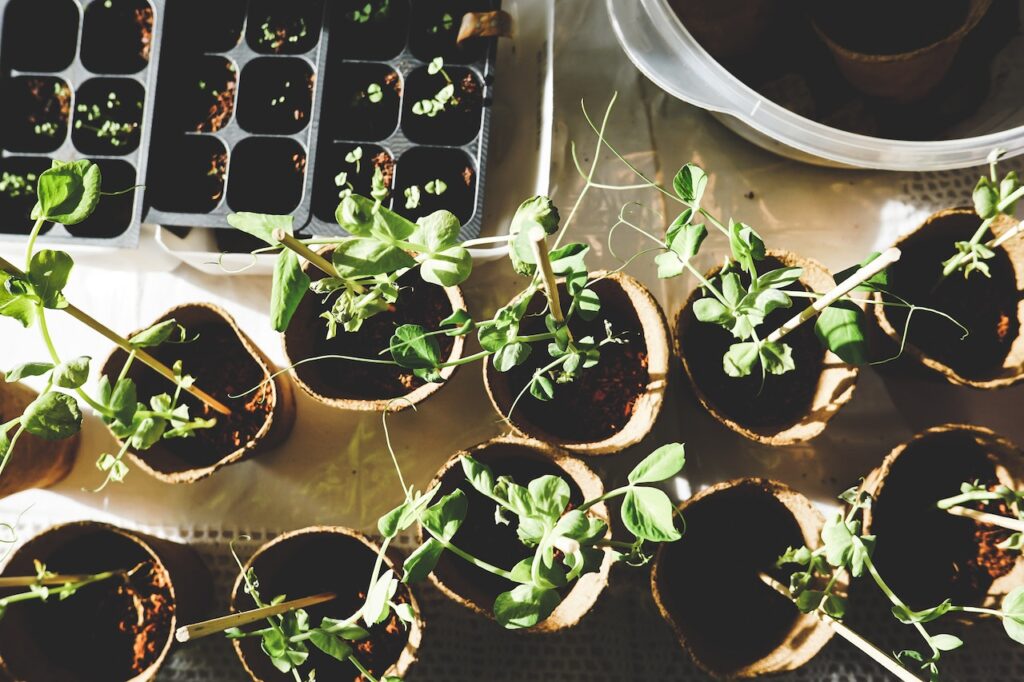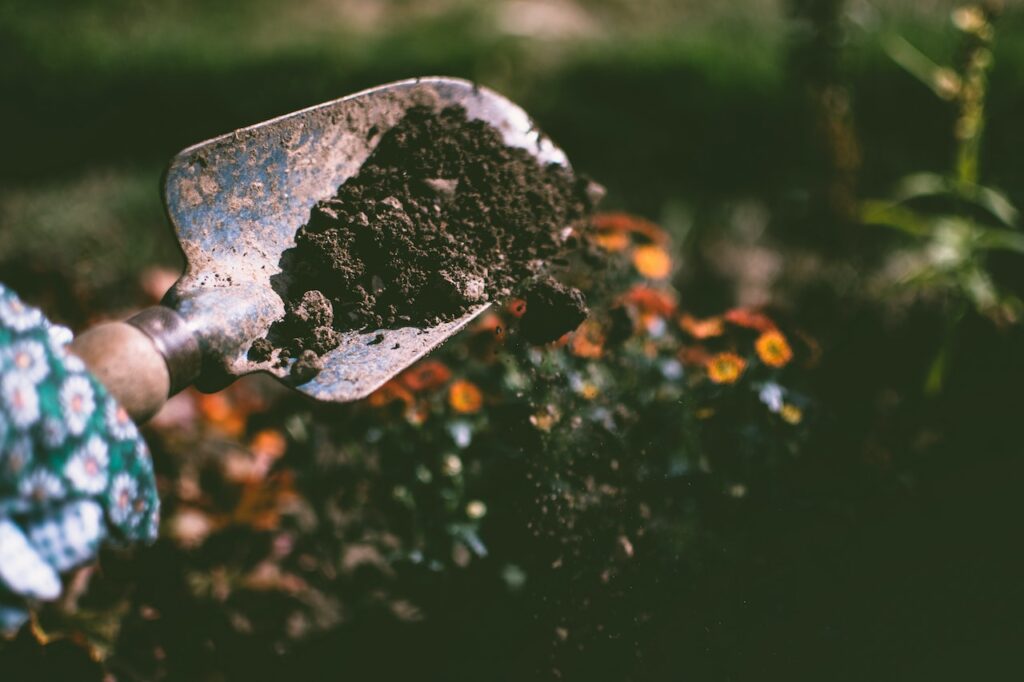Garden Designing Trends
In an era where environmental consciousness has become a global priority, the world of garden design is also evolving to embrace sustainability and eco-friendliness. Gardens once considered mere patches of land for aesthetic pleasure, are now seen as havens of biodiversity and opportunities to reduce our ecological footprint. This article explores the emerging garden design trends that incorporate sustainable and eco-friendly elements, allowing us to create beautiful landscapes while minimizing our impact on the environment.
Native Plants: Celebrating Local Flora
One of the key principles of sustainable garden design is the use of native plants. These plants are naturally adapted to the local climate and soil conditions, requiring minimal water, fertilizers, and pesticides. By incorporating native species, we not only create landscapes that thrive effortlessly but also support local ecosystems and attract native wildlife. Imagine colorful wildflowers attracting butterflies and bees, creating a symphony of life in your garden.
Rainwater Harvesting: Nurturing Gardens Responsibly
Water scarcity is a global concern, and gardeners are increasingly turning to rainwater harvesting as a sustainable solution. Capturing rainwater allows you to reduce reliance on municipal water supplies and conserve this precious resource. By installing rain barrels or cisterns, you can collect rainwater from rooftops, diverting it to your garden for irrigation purposes. This practice not only benefits your plants but also reduces stormwater runoff, alleviating pressure on drainage systems.
Permeable Surfaces: Paving the Way for Natural Drainage
Traditionally, gardens have been paved with impermeable surfaces such as concrete or asphalt, leading to increased water runoff and contributing to urban flooding. However, eco-conscious garden designers are now favoring permeable surfaces like permeable paving stones or gravel. These materials allow rainwater to infiltrate the soil, replenishing groundwater and preventing runoff. Additionally, permeable surfaces provide better aeration and drainage for plant roots, promoting their health and growth.
Pollinator-Friendly Gardens: Inviting Nature’s Helpers
Pollinators, such as bees, butterflies, and hummingbirds, play a vital role in the reproduction of flowering plants and the overall health of ecosystems. Creating pollinator-friendly gardens not only benefits these crucial creatures but also enhances the beauty and productivity of your outdoor space. Incorporate a variety of nectar-rich flowers and plants that bloom throughout the seasons, ensuring a continuous food source for pollinators. By avoiding harmful pesticides, you provide a safe haven for these essential creatures to thrive.
Vertical Gardening: Making the Most of Limited Space
As urban living becomes more prevalent, space for traditional gardens diminishes. However, garden design trends have adapted to this challenge by embracing vertical gardening. By utilizing walls, trellises, and hanging planters, vertical gardens maximize space efficiency while adding a touch of greenery to even the smallest balconies or patios. Not only does this trend allow for more plants in limited areas, but it also improves air quality and reduces the urban heat island effect.

Composting: Transforming Waste into Nutrient-Rich Soil
Sustainable garden design goes hand in hand with responsible waste management. Composting is a simple yet effective way to reduce organic waste and create nutrient-rich soil for your garden. By composting kitchen scraps, yard waste, and fallen leaves, you can create a natural fertilizer that nourishes your plants without relying on synthetic chemicals. Composting not only reduces landfill waste but also promotes healthy soil biodiversity, creating a thriving ecosystem beneath your feet.
Natural Pest Control: Harmonizing with Nature
Gone are the days of relying on chemical pesticides that harm beneficial insects and contaminate our environment. Modern garden design emphasizes natural pest control methods that work in harmony with nature. Introduce pest-repelling plants, such as marigolds and lavender, or invite predator insects like ladybugs and lacewings to establish a balanced ecosystem that keeps harmful pests at bay. Encouraging biodiversity in your garden is not only visually appealing but also reduces the need for harmful chemical interventions.
